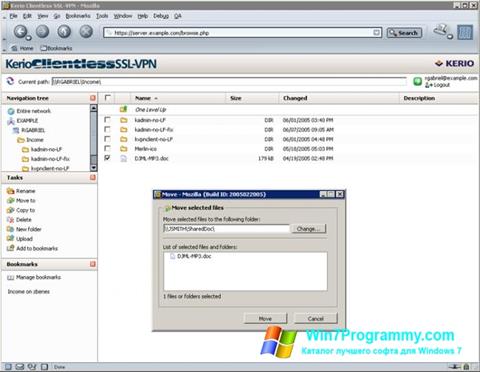

This requires accessing the Basic Input/Output System (BIOS) or Unified Extensible Firmware Interface (UEFI) on the motherboard to change the boot order. When you are ready to upgrade to Windows 10 64-bit from 32-bit, before proceeding, you may need to change some settings to allow the computer to start from a USB flash drive. The flash drive offers 32GB of storage and reliable data transfer speed to perform a Windows installation and store files on the go. If you need a flash drive to create a Windows 10 bootable media, the Cruzer Glide CZ60 by SanDisk is a good option. Under the "Create Windows 10 installation media" section, click the Download Now button.Open Microsoft download page (opens in new tab).Instead, you must delete the previous setup and perform a clean installation to change architectures.Īs part of the architecture upgrade process, you have to use the Microsoft Media Creation Tool to create a USB bootable media by connecting a USB flash drive of at least 8GB of space to the computer, and then use these steps: The only caveat is that you can't perform an in-place upgrade. How to upgrade from 32-bit to 64-bit on Windows 10Ī Windows 10 product key allows you to install the 32-bit or 64-bit version. You can check the device manufacturer support website to confirm that the components have drivers for the 圆4 architecture. If the computer has the 32-bit version of Windows 10 and the hardware is relatively new, there is a good chance that you will find 64-bit versions of the drivers. While the upgrade process should be able to confirm the processor compatibility, the "Coreinfo" tool allows you to check these features ahead of time.Īlso, it's recommended to check whether other components (such as graphics and sound cards) are compatible with the 64-bit version of Windows 10. After you complete the steps, if the tool confirms that the features are available, you can upgrade to the 64-bit version of Windows 10.


 0 kommentar(er)
0 kommentar(er)
